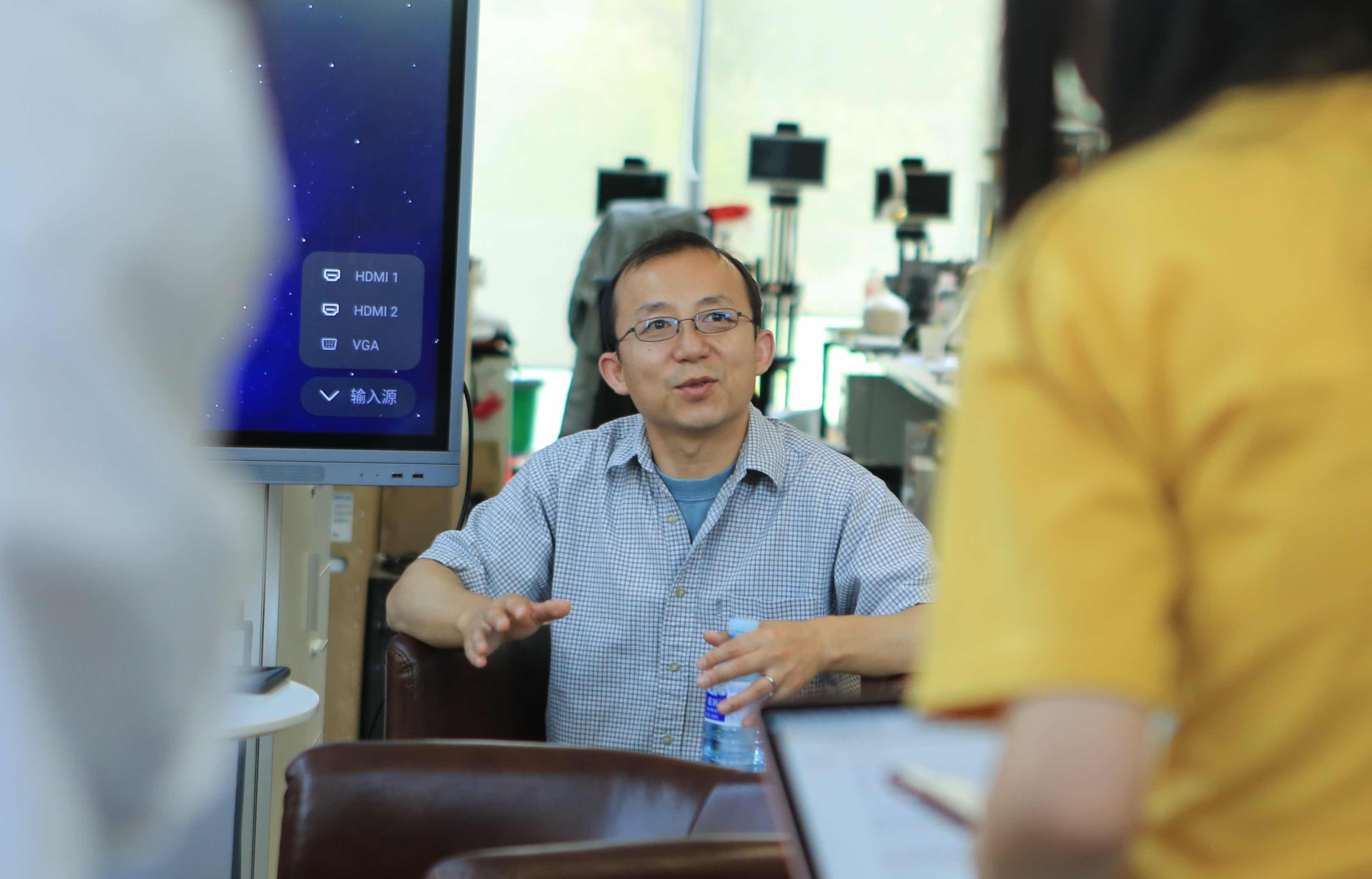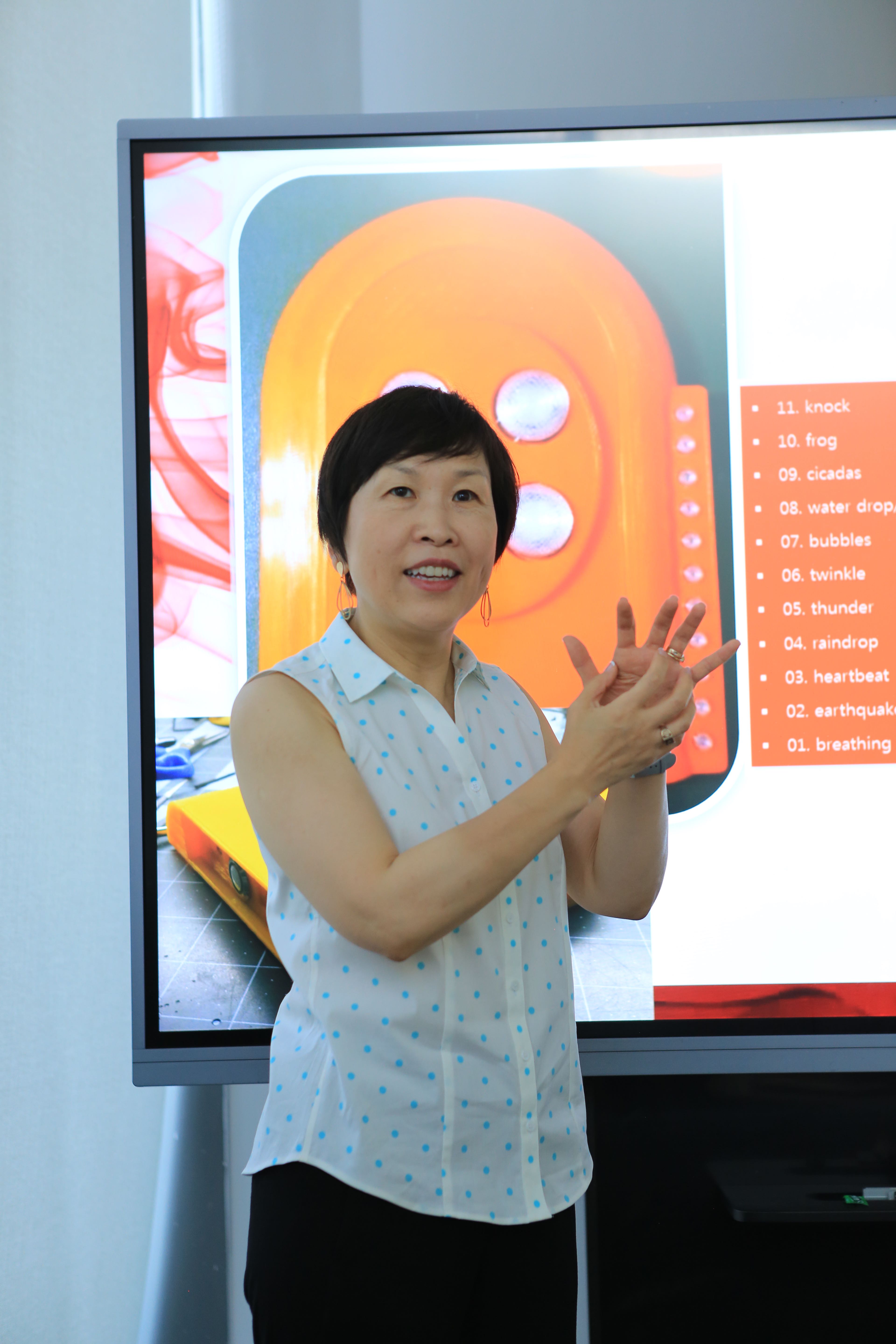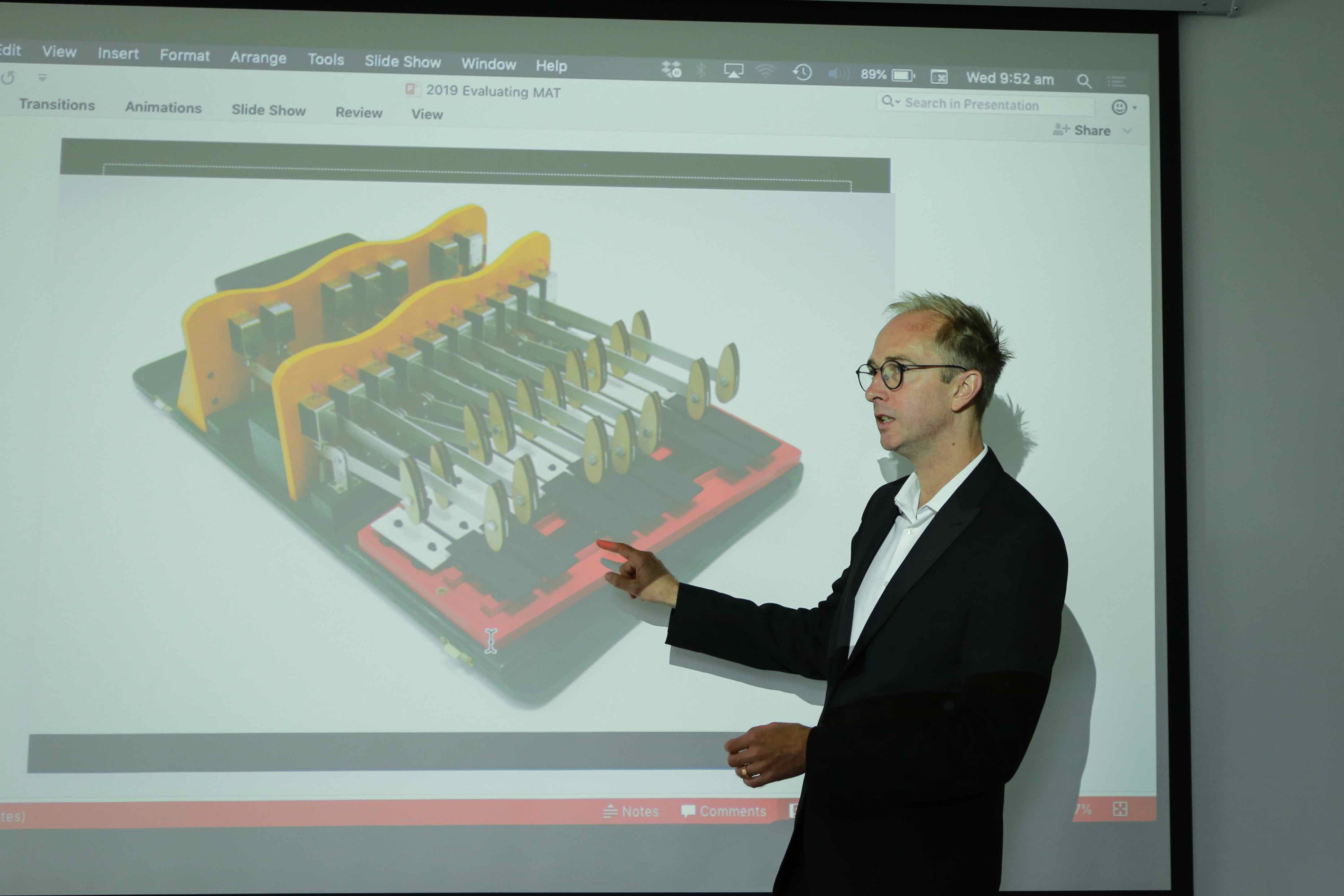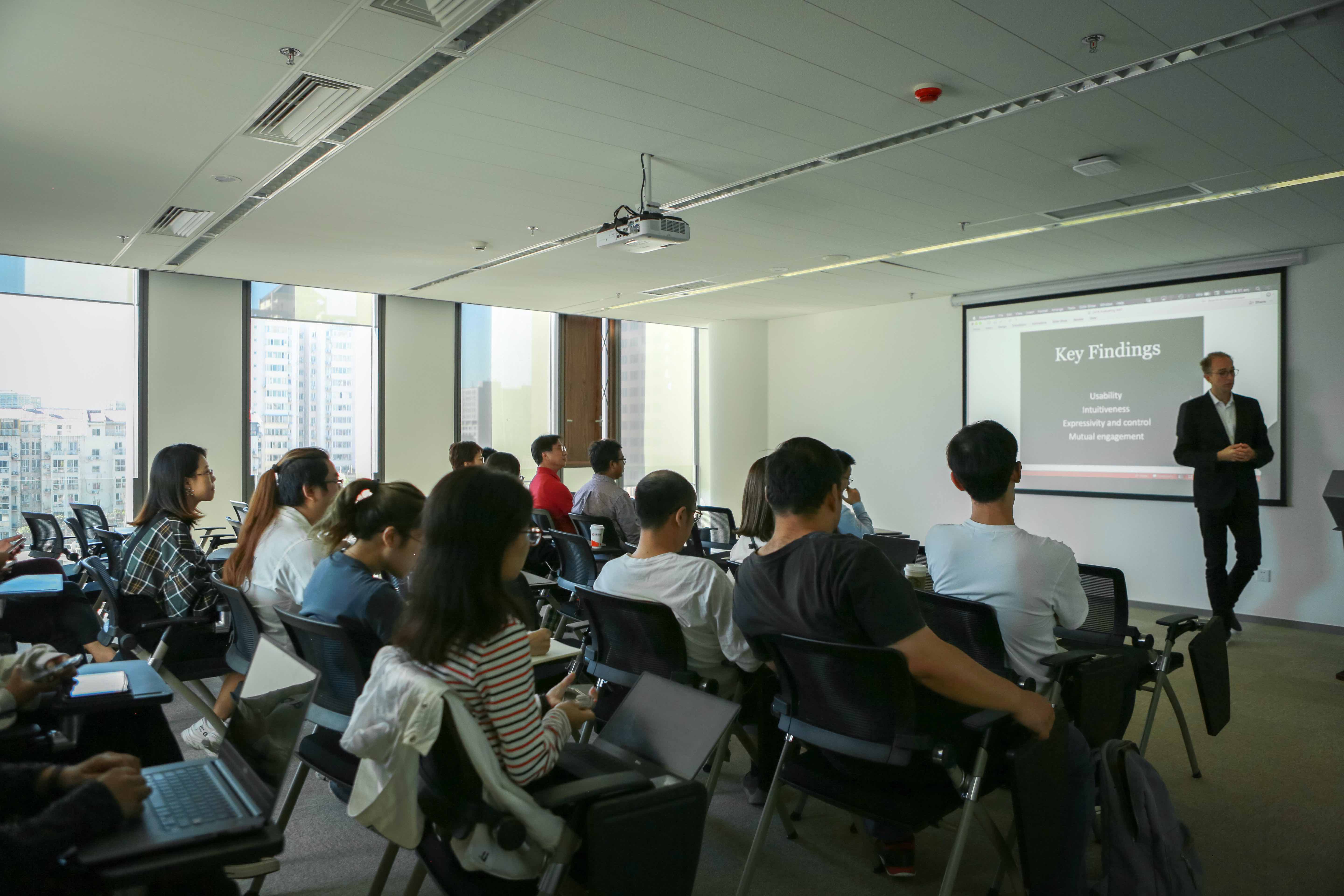Since its inception, the Future Lab of Tsinghua University has held multiple academic seminars and lectures on strategic devel- opment. In July, Future Lab welcomed two outstanding experts, Yang LI, a research fellow from Google and Prof. Hong ZHANG from Purdue University.Both lectures have inspired teachers and students to consider the impact of the development of smart society, as well as the design of human-computer interaction. In September, Prof. Nick Bryan-Kinns from Queen Mary University of London talked about the creation of interactive technologies for media and art.
 Li from Google shared how to use deep learning to improve the interactive usability of mobile devices. Through research on interface tappability, high freedom interactive framework, and visual extraction tool for assisted prototype construction, Li ana- lysed deep learning applications in interactive design on mobile devices. In the Q&A session, he explains that there is still a long way to go before actual artifical intelligence can take place. He also reminds us that the development may not be a linear pro- gression, and can leap ahead all of a sudden.
Li from Google shared how to use deep learning to improve the interactive usability of mobile devices. Through research on interface tappability, high freedom interactive framework, and visual extraction tool for assisted prototype construction, Li ana- lysed deep learning applications in interactive design on mobile devices. In the Q&A session, he explains that there is still a long way to go before actual artifical intelligence can take place. He also reminds us that the development may not be a linear pro- gression, and can leap ahead all of a sudden.
 Prof. Hong ZHANG from Purdue University elaborates on the crucial points for designing physical and tactile interaction. To demonstrate the importance of rigorous design in experimental procedures, Professor Zhang used a study that examined skin tactile sensations to “hear” voice-based interactive design on a lattice scale in response to English phoneme as an example. More- over, Prof. Zhang also brought a tactile interactive prototype to encourage us to think about how to communicate the correct infor- mation and emotions to the user with the tactile sense in design.
Prof. Hong ZHANG from Purdue University elaborates on the crucial points for designing physical and tactile interaction. To demonstrate the importance of rigorous design in experimental procedures, Professor Zhang used a study that examined skin tactile sensations to “hear” voice-based interactive design on a lattice scale in response to English phoneme as an example. More- over, Prof. Zhang also brought a tactile interactive prototype to encourage us to think about how to communicate the correct infor- mation and emotions to the user with the tactile sense in design.


Professor Nick Bryan-Kinns from Queen Mary University of London shared with us his ideas on how interactive technologies for media and art can be used to create physically interactive devices. His design consisted of 5 core concepts – understand, accommodate, reiterate, explore and experience – and emphasized the use of art and game to enhance the experience.
The Future Lab relocated to Sancaitang Building this November. More lectures, seminars and workshops will be available soon.